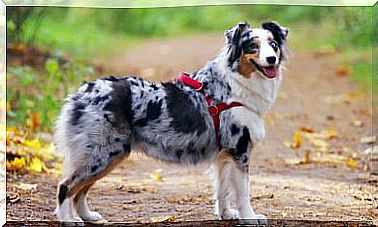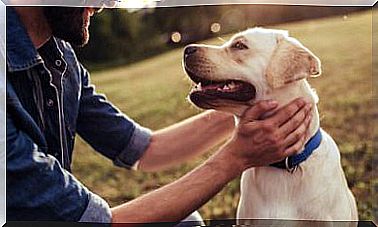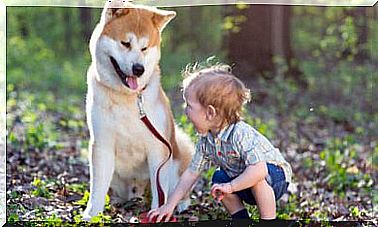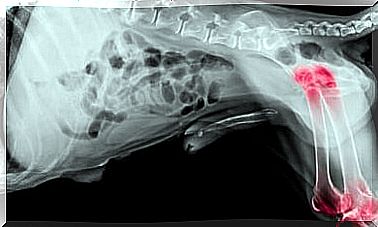Approaching An Unknown Dog
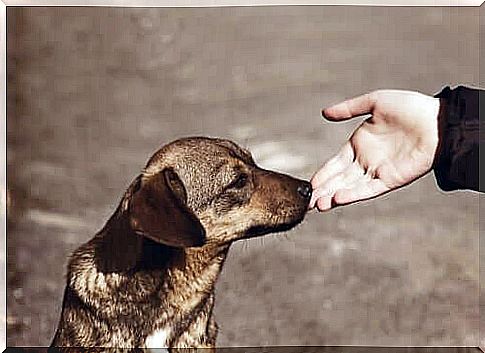
If you love animals and are concerned about them, then you’ve probably met a lost or lost dog on the street and wondered how you can approach them without chasing them away.
Before approaching an unknown dog, however, you should take some safety precautions so that the fur nose does not misinterpret your good intentions and then react to them inappropriately.
What should you consider before approaching an unfamiliar dog
Before venturing out on an unfamiliar dog, observe their body language and understand the signals they are giving you. Avoid approaching them if the animal shows signs of aggression. This includes:

- Barking and growling
- Bared teeth
- Ears set forward
- Raised tail
- Stiff legs
- Raised fur
If so, there is a good chance the dog will bite you. Perhaps it is better to avoid rapprochement and rather call an animal welfare association to take over the case.
How to approach an unfamiliar dog
If the dog is friendly, or at least showing no signs of aggression, try to get him closer to you. If he doesn’t, you can approach him from the side very slowly. Follow this advice:
- Don’t speak to him out loud, speak in a soft and loving voice.
- Avoid sudden movements and try not to corner him.
- Avoid prolonged eye contact as well. The animal may see this as a challenge and think that you are trying to dominate them.
- Hold out your hand so he can sniff it. In this way you make him understand that you mean well with him.
- Caress it gently, preferably on the back.
- Crouch down so you are at his height.
If you find the dog hesitant, back away and try again a few minutes later. Also, keep in mind that wagging your tail isn’t always a sign of joy. It can also indicate an excited and nervous state.
What to do after the rapprochement has succeeded?
If you manage to win his trust, see if he has a badge with the contact details of his reference people. It could also be that it has a microchip.
If the dog has no visible identification and you can get him to follow you or let himself be leashed, take him to a vet and then take him home with you. If you can’t have a dog in the house, you can bring it to a friend or family member. If all of this is not possible, in the worst case scenario, contact the local animal shelter.
It is best to try to find out whether the animal has owners despite the lack of identification. Put up signs, use social networks and other media, and check out the missing pets section in the newspaper.
If all of this doesn’t work, then the time has come to look for a new home for him. Maybe you’ve already fallen in love with him yourself and decide to adopt him.
Cases when you should avoid getting near an unfamiliar dog
- Leashed or chained
- Enclosed in a kennel or enclosure
- Behind a fence
- In a car
- Sleeping dog that doesn’t notice your presence
- Ill
- In the presence of puppies
- Dog is eating right now
In all of these cases, you risk a bite as the dog may act aggressively. This can happen out of fear or because he might want to defend his territory.
If you can’t resist petting a dog while they are walking, you should always speak to their caregiver beforehand to ask for permission and follow their advice.
Above all responsibility

It is important that you teach your family not to approach an unfamiliar dog just like that, even if they are very fond of animals.
You must also teach your children how to behave if the animal shows signs of aggression.
Remember, it is very important to correctly interpret a dog’s body language in such situations. This is the only way you can successfully approach an unknown dog to help him find his owner or a new home.

